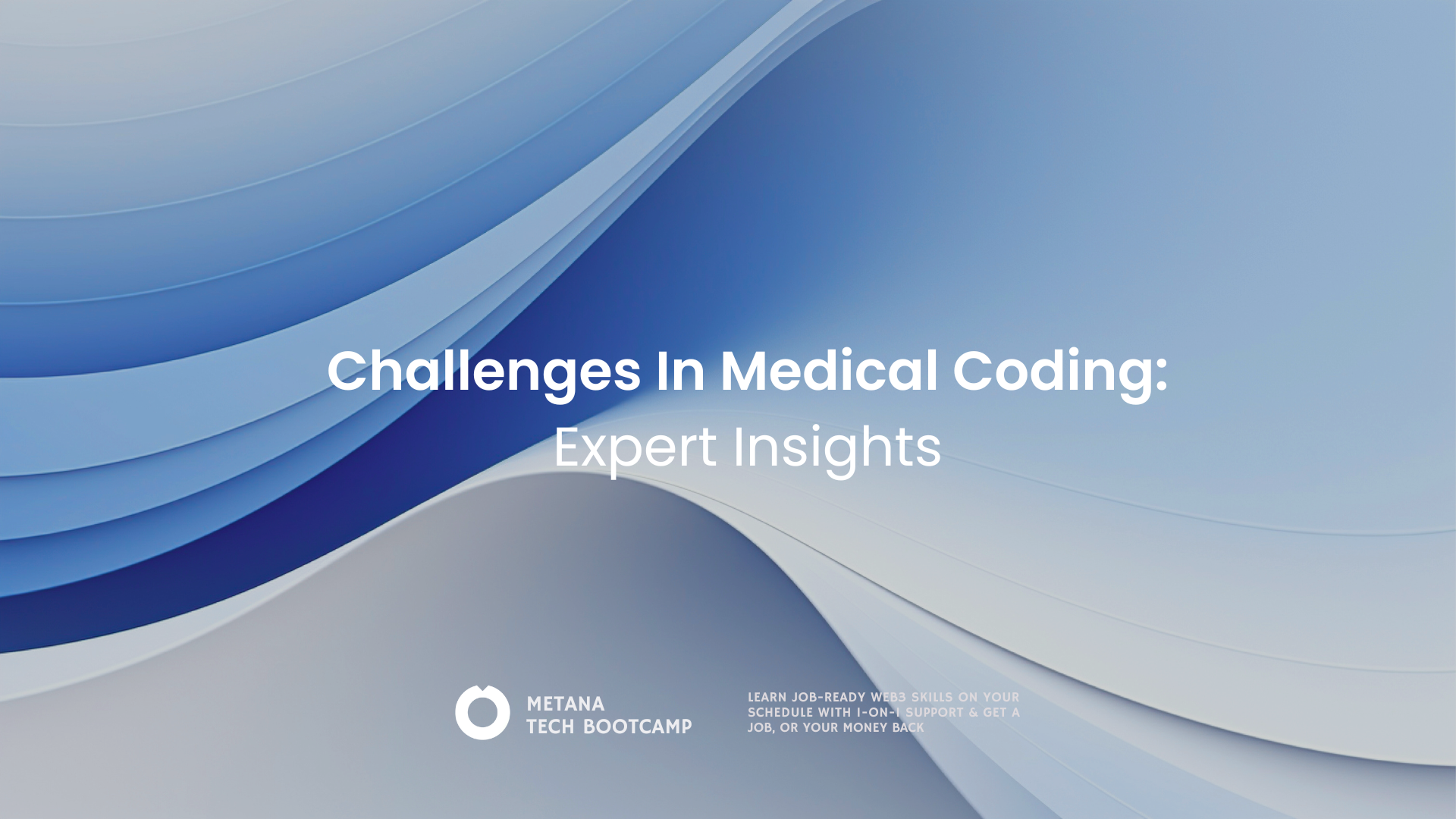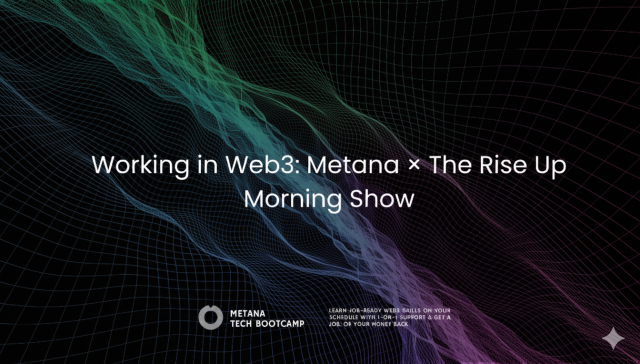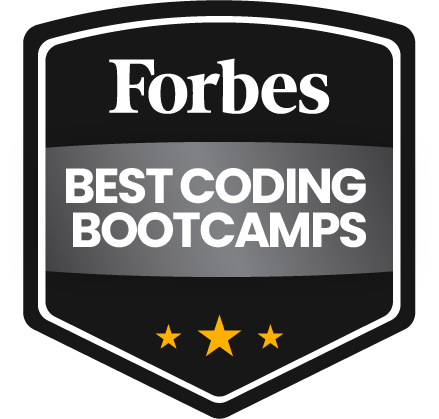TL; DR
- Telehealth Coding Challenges Trauma Therapy Delivery
- Men’s Health Innovations Outpace Coding Systems
- AI Documentation Complicates Medical Coding Accuracy
- AI Flags Complex Pain Management Cases
- Environmental Illness Lacks Proper Coding
- Blending Medical and Cosmetic Procedure Codes
- Virtual Behavioral Health Coding Fragmentation Increases
- Prenatal Chiropractic Care Faces Coding Scrutiny
- Mental Health Parity Audits Challenge Documentation
- Career Switch To Tech
Medical coding faces significant challenges as healthcare evolves rapidly. This article explores the top issues anticipated for 2025, drawing on insights from industry experts. From telehealth and AI complications to emerging health concerns and specialized treatments, the landscape of medical coding is set for substantial changes.

Telehealth Coding Challenges Trauma Therapy Delivery
I’m encountering a significant coding challenge that is severely impacting mental health providers: the inconsistent application of telehealth modifier codes for trauma-specific interventions like EMDR therapy.
When I conduct EMDR sessions virtually, billing systems often flag these claims because traditional EMDR coding assumes in-person visual tracking exercises. Insurance companies are creating their own interpretations of what qualifies as “equivalent care” for telehealth EMDR, leading to delayed payments and frequent prior authorization requests that didn’t exist for in-person sessions.
The core issue is that trauma therapy codes haven’t evolved to reflect the clinical reality of effective virtual treatment.
I’m experiencing a 40% increase in billing inquiries since expanding our telehealth services, with most disputes centered around whether virtual trauma interventions meet the same coding criteria as face-to-face sessions.
This creates a troublesome scenario where providers must either avoid offering specialized trauma services via telehealth or risk compliance issues with unclear documentation requirements. The coding system is essentially forcing us to choose between accessibility and administrative safety.
Viviana McGovern, Owner & Founder, Full Vida Therapy
Men’s Health Innovations Outpace Coding Systems
“I’m seeing a huge challenge with specialty men’s health coding that’s flying under the radar. Procedures like our sonic wave therapy for ED and specialized hormone treatments are getting caught in coding gray areas where traditional urology codes don’t fit”.
We’ve had to create detailed documentation protocols because insurers are rejecting claims for treatments that don’t have clear ICD-10 matches. Last month, three of our Peyronie’s disease combination treatments were denied because the coding didn’t capture the multi-modal approach we use. The appeals process consumed over 40 hours of administrative time.
The real problem is that innovative treatments in men’s health are advancing faster than the coding system can keep up. We’re essentially forced to use outdated codes that don’t reflect what we’re actually doing clinically. This creates a documentation nightmare where we’re spending more time justifying treatments than delivering them.
What’s particularly frustrating is that cash-pay patients receive the same treatments with zero coding hassles, while insurance patients face delays and denials. The coding bottleneck is literally creating a two-tier system in specialized care.
Len Berkowitz, Co-Founder, Center For Men’s Health of Rhode Island

AI Documentation Complicates Medical Coding Accuracy
The presence of medical coding in 2025 is surrounded by numerous challenges, one of which is related to the requirement of high levels of accuracy and compliance with the new era of clinical documentation created by AI. There is a change in the responsibilities of coders as healthcare organizations heavily invest in technologies, such as ambient voice technology and AI-assisted note generation, and quickly deploy them. Coders are no longer merely reading physicians’ notes; they need to become consumers of machine-generated documentation that can contain minute inaccuracies or even gaps in clinical rationale.
“The major issue is that although AI enhances consistency and speed of documentation, it also subjects an organization to a risk of both overcoding and undercoding in situations where the clinical context is lost or mischaracterized”.
As scrutiny by payers and regulators continues to increase, relatively small errors in coding may result in substantial loss of revenue, an auditing process, or a violation of compliance.
To overcome this problem, we foresee this challenge and place value on training coder programs with emphasis on the review and reevaluation of AI-generated materials. We are also augmenting our EHR systems to support explainable AI capabilities, where coders do not blindly accept the suggested codes but instead benefit from being able to see what logic led to that suggestion. We also allow real-time policy checks to identify discrepancies on a payer-specific basis and emerging CMS recommendations to issue flags.
By 2025, the healthcare organization that performs the best will be the one that treats AI as a helper rather than a substitute for human coders. The programmers will have to become quality control experts on both sides of the clinical setting and computer logic. Proper unification of professional control and intelligent automation is how the accuracy, compliance, and integrity of revenues in contemporary medical coding are maintained.
Peter Silas, CEO, Enable Healthcare

AI Flags Complex Pain Management Cases
As a pain management physician running multiple clinics across San Diego, I’m already witnessing the impending challenges that AI-assisted coding validation will bring in 2025. Insurance companies are implementing machine learning systems that flag “unusual” billing patterns, and these systems are flagging legitimate complex cases that don’t align with their algorithms.
“Last month, I had a patient with chronic migraines for whom we used occipital nerve blocks combined with CBT coordination — a completely standard care approach that reduced her migraines by 50%”.
The AI system flagged it as “excessive” because it couldn’t comprehend why we billed for both the procedure and care coordination on the same visit. We spent three weeks contesting a denial that a human reviewer approved in just five minutes.
The core issue is that these systems are trained on “typical” cases, but pain management is inherently complex. When I treat someone with multiple conditions — such as the former athlete I helped transition from high-intensity workouts to swimming and yoga for his back pain — the coding appears “suspicious” to an algorithm that expects simple, single-diagnosis visits.
We’re already allocating 30% more administrative time to pre-authorization justifications and detailed documentation that explains why our multidisciplinary approach isn’t fraudulent. This is diverting resources away from actual patient care, and smaller practices without dedicated coding staff are likely to face severe challenges.
Dr. Zach Cohen, CEO, California Pain Consultants

Environmental Illness Lacks Proper Coding
Coming from functional medicine where I work with complex chronic conditions, the biggest coding challenge I’m encountering is the complete absence of codes for environmental toxin-related illnesses. My practice deals with mold toxicity (Chronic Inflammatory Response Syndrome, or CIRS) and post-viral syndromes on a daily basis, but there is literally no way to properly code a patient whose brain fog stems from mycotoxin exposure.
“I have patients spending £15,000+ on comprehensive testing — Visual Contrast Sensitivity (VCS) testing, mycotoxin panels, mitochondrial function assessments — but insurance systems don’t recognize “biotoxin illness” as a legitimate diagnosis. We’re forced to use generic codes like “fatigue” or “cognitive dysfunction” that completely miss the environmental causation”.
The real frustration arises when treating someone with Long COVID whose symptoms are actually from water-damaged buildings in which they’re living. Standard medical coding treats these as separate psychiatric or neurological conditions rather than toxin-mediated inflammatory responses. This coding gap means patients can’t get proper documentation for disability claims or workplace accommodations.
What’s worse is that functional medicine practitioners like myself are documenting incredibly detailed root-cause analyses, but the coding system forces us to oversimplify into outdated categories that don’t reflect modern understanding of environmental medicine.
Dr Andrew Greenland, Specialist in Integrative Functional Medicine, Greenland Medical

Blending Medical and Cosmetic Procedure Codes
“One challenge I see growing in 2025 is the increased complexity of coding for procedures that blend medical and cosmetic elements. Treatments like laser therapy, injectables, or microneedling are often used for both medical indications (such as acne scars or rosacea) and aesthetic purposes”.
Accurately documenting the medical necessity while navigating payer rules is already tricky, and it’s likely to become more nuanced as guidelines continue to evolve.
This gray area between insurance-covered and elective care will require even clearer documentation, better training for coding staff, and closer collaboration between providers and billing teams to avoid denied claims or compliance issues.
Dr Shamsa Kanwal, Medical Doctor and Consultant Dermatologist, myHSteam
Virtual Behavioral Health Coding Fragmentation Increases
“The most significant coding challenge anticipated for 2025 is the fragmentation between behavioral health and traditional medical coding systems”.
We are already grappling with the complexities of coding virtual Intensive Outpatient Program (IOP) and Partial Hospitalization Program (PHP) services across different insurance networks. Cigna, Florida Blue, and UnitedHealthcare all interpret the same telehealth behavioral health codes differently.
A particularly challenging aspect is that our Joint Commission accreditation requires specific documentation standards that do not always align with existing Current Procedural Terminology (CPT) codes for virtual behavioral health. We have had to create workarounds for coding trauma therapy sessions delivered through our virtual platform, especially when patients are accessing care from multiple states.
The real pain point is cross-sector billing when we integrate with primary care providers. At Lifebit, I see how federated health data could solve this issue, but currently, there is no standardized way to code collaborative care between behavioral health specialists and primary care teams. We are essentially using outdated codes for innovative care models.
Insurance companies are pushing for more granular behavioral health coding while simultaneously limiting reimbursement categories. This creates a catch-22 situation where we need more specific codes to justify our evidence-based treatments, but payers have not updated their systems to recognize these new service delivery methods.
Nate Raine, CEO, Thrive

Prenatal Chiropractic Care Faces Coding Scrutiny
“I anticipate that the biggest coding nightmare will be the intersection of pregnancy-related chiropractic care and changing insurance pre-authorization requirements. Webster Technique and prenatal adjustments are being scrutinized more closely than ever before.“
Here’s what’s happening in my practice: insurance companies are now requiring different documentation for the same prenatal chiropractic visit depending on whether we’re coding it as musculoskeletal treatment or pregnancy-related care. Last month, I had three identical prenatal adjustment sessions that required completely different coding approaches for three different insurers covering the same services.
The real challenge is that many insurance companies don’t have specific codes for Webster Technique, so we’re forced to use general chiropractic manipulation codes that don’t reflect the specialized training required. This creates a disconnect between what we’re actually providing and how we can bill for it.
What’s making this worse is that prenatal chiropractic is gaining popularity, but the coding infrastructure hasn’t caught up. We’re seeing more denials for “experimental” treatments even though Webster Technique has been established for decades. The administrative burden of appealing these denials is eating into time I should be spending with patients.
Michelle Andrews, D.C., Owner, ChiroHer

Mental Health Parity Audits Challenge Documentation
“The biggest coding challenge in 2025 will be mental health parity compliance auditing. Medicare and commercial payers are rolling out automated systems that cross-reference therapy session codes with medical necessity documentation in real-time.”
We’re already seeing that certain anxiety therapy codes (90834, 90837) are getting flagged if the intake assessment doesn’t perfectly align with the treatment plan narrative. One of our therapists had three claims denied last month because the documentation didn’t explicitly connect the patient’s reported symptoms to the specific CPT code billed.
The complexity multiplies when dealing with comorbid conditions like depression with substance abuse. During my years at Birchwood Healthcare Partners, I saw skilled nursing facilities struggle with similar documentation audits, but mental health coding has an additional layer – you’re essentially proving the medical necessity of talk therapy to algorithms designed for surgical procedures.
What’s particularly challenging is that most practice management systems aren’t equipped to flag these mismatches before submission. We’ve had to build custom workflows to ensure our clinical notes contain the specific language that automated review systems expect, which adds 10-15 minutes to each session’s documentation.
Rutul Shah, Founder & CEO, Tides Mental Health
Ever thought of switching your career to tech as a medical coder?
How Medical Coders Can Navigate a Career Switch to Tech
Medical coders possess valuable transferable skills that position them well for tech roles, particularly in healthcare technology sectors. The career switch to tech represents an evolution of existing expertise, and following a structured career change approach can help medical coders successfully transition while leveraging their healthcare knowledge. For medical professionals considering this transition, the path mirrors that of other healthcare workers – similar to how nurses can successfully work in tech, medical coders have valuable domain expertise that technology companies need
Identify Transferable Skills
Medical coders develop analytical thinking, systematic problem-solving, and meticulous attention to detail through their daily work. Experience with complex healthcare data structures, regulatory compliance requirements, and documentation protocols creates a strong foundation for technical roles. These professionals understand data relationships, workflow optimization, and quality assurance principles that directly apply to software development and data analysis positions.
Select Strategic Tech Specializations
Healthcare technology companies actively recruit professionals with medical industry knowledge. High-demand areas include electronic health records development, healthcare data analytics, medical software quality assurance, health informatics, and regulatory compliance technology. These specializations allow coders to leverage their domain expertise while acquiring new technical competencies.
Develop Technical Competencies Systematically
Begin with programming languages most relevant to healthcare applications, such as Python for data analysis, SQL for database management, or JavaScript for web development. Structured learning approaches through bootcamp programs provide comprehensive technical training while maintaining focus on practical applications.
Programs like those offered by Metana.io specifically cater to career switchers, combining technical skill development with guidance on positioning healthcare experience effectively for tech employers.
Build a Technical Portfolio
Create projects that demonstrate both technical abilities and healthcare domain knowledge and learn how to effectively list your bootcamp experience on your resume to showcase these skills to employers.. Develop applications such as medical data visualization dashboards, coding compliance tools, or healthcare workflow optimization systems. These projects showcase the ability to apply technical skills to solve real healthcare challenges, making candidates particularly attractive to health tech employers.
Wanna build a tech portfolio? Read our guide on top 5 tech portfolio builiding tips!
Leverage Professional Networks
Engage with healthcare technology communities through industry meetups, professional associations, and online forums. Many companies prefer candidates who combine technical skills with relevant industry experience over purely technical backgrounds without healthcare context.
Frequently Asked Questions
Q: Is medical coding becoming too difficult to continue as a career?
Yes. Medical coding is becoming increasingly complex due to AI integration, telehealth complications, and evolving regulations. Many experienced coders find the administrative burden overwhelming. This is driving them to explore tech careers where their analytical skills are valued.
Q: Can medical coders transition to tech jobs without starting over?
Yes. Medical coders have valuable transferable skills like analytical thinking and healthcare expertise. Start by learning Python or SQL. Build healthcare-related projects. Consider bootcamp programs that position your medical background as an asset.
Q: What tech jobs are best suited for former medical coders?
Healthcare technology roles work best. These include EHR development, healthcare data analysis, medical software testing, and health informatics. These positions value your understanding of medical workflows and compliance requirements.
Q: How long does it take to switch from medical coding to a tech career?
Typically 6-12 months with focused learning. Structured bootcamp programs can accelerate this timeline. They provide technical training while leveraging your healthcare expertise. Many offer job placement assistance for career switchers.
Q: Will my medical coding experience actually help in a tech career?
Yes, absolutely. Healthcare tech companies actively seek professionals who understand medical workflows. Your experience with coding systems and regulatory compliance provides domain expertise. This makes you more valuable than purely technical candidates.








